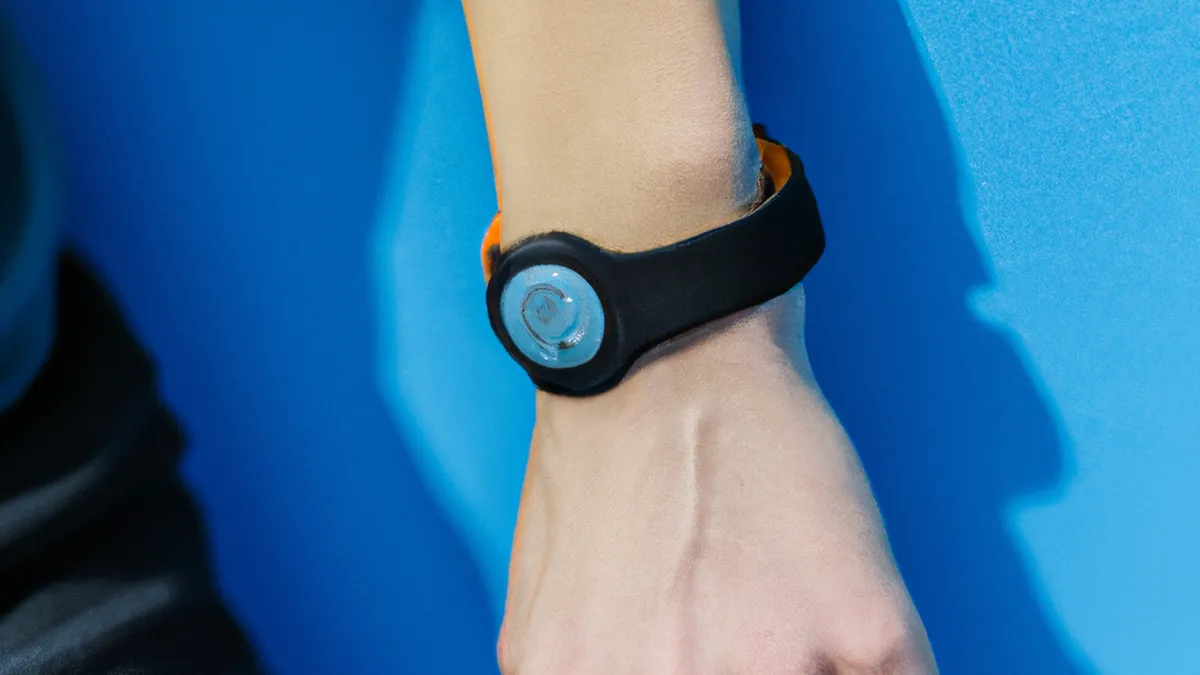Track Your Progress with Smart Wristbands
Heart Rate Monitoring Techniques: A Comprehensive GuideHeart rate monitoring helps you improve fitness, manage stress, and track health. It reveals how your body responds to activities. By monitoring your heart rate, you can optimize workouts and enhance wellness. This blog explores various heart rate monitoring techniques and offers practical tips.
Understanding Heart Rate
Heart rate measures how often your heart beats per minute (BPM). Factors like age, fitness level, and activity affect it. Monitoring heart rate provides insights into cardiovascular health and physical condition.
Resting Heart Rate
Measure your resting heart rate when at rest. For adults, it typically ranges from 60 to 100 BPM. A lower resting heart rate often shows better fitness. To measure, check your pulse in the morning. Count beats for 15 seconds and multiply by four.
Target Heart Rate
Your target heart rate represents the ideal exercise range. For moderate workouts, aim for 50-70% of your maximum heart rate. For vigorous activities, aim for 70-85%. Calculate your maximum heart rate by subtracting your age from 220. Knowing your target range optimizes workouts.
Heart Rate Monitoring Techniques
As an Amazon Associate I earn from qualifying purchases.
Gear tip: consider sport sunscreen, anti chafe balm, and compact home gym set to support this topic.
Several techniques exist for monitoring heart rate. Each method has advantages and disadvantages. Below, we explore common techniques.
1. Heart Rate Monitors
Heart rate monitors are wearable devices. They can be chest straps or wrist monitors. Chest straps usually provide more accurate readings. They measure electrical signals from your heart. Wrist monitors use optical sensors to detect blood flow. They offer convenience and ease of use.
2. Smartwatches and Fitness Trackers
Smartwatches and fitness trackers have gained popularity for heart rate monitoring. They often include built-in sensors that track heart rate throughout the day. Most devices sync with mobile apps for detailed insights. However, accuracy varies based on the device and wrist position.
3. Manual Measurement
You can measure your heart rate manually. Place your fingers on your wrist or neck to find your pulse. Count beats for 15 seconds and multiply by four. This simple method requires no equipment. However, it may lack accuracy compared to other techniques.
Tips for Effective Heart Rate Monitoring
Follow these tips to maximize heart rate monitoring.
Stay Consistent
Consistency is essential. Measure your heart rate at the same times each day. This practice helps track changes over time. For instance, check your resting heart rate every morning. This routine provides a clearer picture of your fitness level.
Use Multiple Methods
Consider using multiple tracking methods. Combine manual measurement with a device for accuracy. This ensures reliable heart rate monitoring, regardless of your activity level.
Pay Attention to Factors Affecting Heart Rate
Many factors influence heart rate, including stress, hydration, and temperature. For example, dehydration can elevate heart rate. Always consider these factors for accurate readings.
Benefits of Heart Rate Monitoring
Monitoring heart rate offers many benefits. Understanding these advantages can motivate you to incorporate monitoring into your routine.
Improved Fitness
Tracking heart rate helps optimize workouts. Staying within your target heart rate zone improves cardiovascular fitness. This technique challenges your body without overexertion.
Enhanced Recovery
Monitoring heart rate gauges your recovery. A quicker return to resting heart rate after exercise indicates better recovery. Use this knowledge to adjust training intensity and frequency, avoiding burnout.
Better Health Awareness
Regular heart rate monitoring increases awareness of overall health. You can spot trends and irregularities over time. If you notice significant changes, consult a healthcare professional. Early detection can lead to better outcomes.
Conclusion
Heart rate monitoring is an invaluable tool for fitness and health management. Understanding different techniques helps you choose the best method for your lifestyle. Whether using a heart rate monitor, smartwatch, or manual measurement, consistency is key. Pay attention to factors affecting your readings. Enjoy the benefits of improved fitness, enhanced recovery, and better health awareness. Start monitoring today and take charge of your heart health!
Below are related products based on this post:
FAQ
What is heart rate monitoring?
Heart rate monitoring involves tracking how often your heart beats per minute. It helps improve fitness, manage stress, and track health by revealing how your body responds to different activities. By understanding your heart rate, you can optimize workouts and enhance overall wellness.
What is the difference between resting heart rate and target heart rate?
Resting heart rate measures your heartbeats when you are at rest, typically ranging from 60 to 100 BPM for adults. Target heart rate represents the ideal exercise range, which varies based on the intensity of your workouts, typically 50-85% of your maximum heart rate.
What are some common techniques for monitoring heart rate?
Common techniques for monitoring heart rate include using heart rate monitors, smartwatches, fitness trackers, and manual measurement methods. Each technique has its advantages, such as accuracy or convenience, allowing you to choose the best option for your lifestyle and needs.















Post Comment